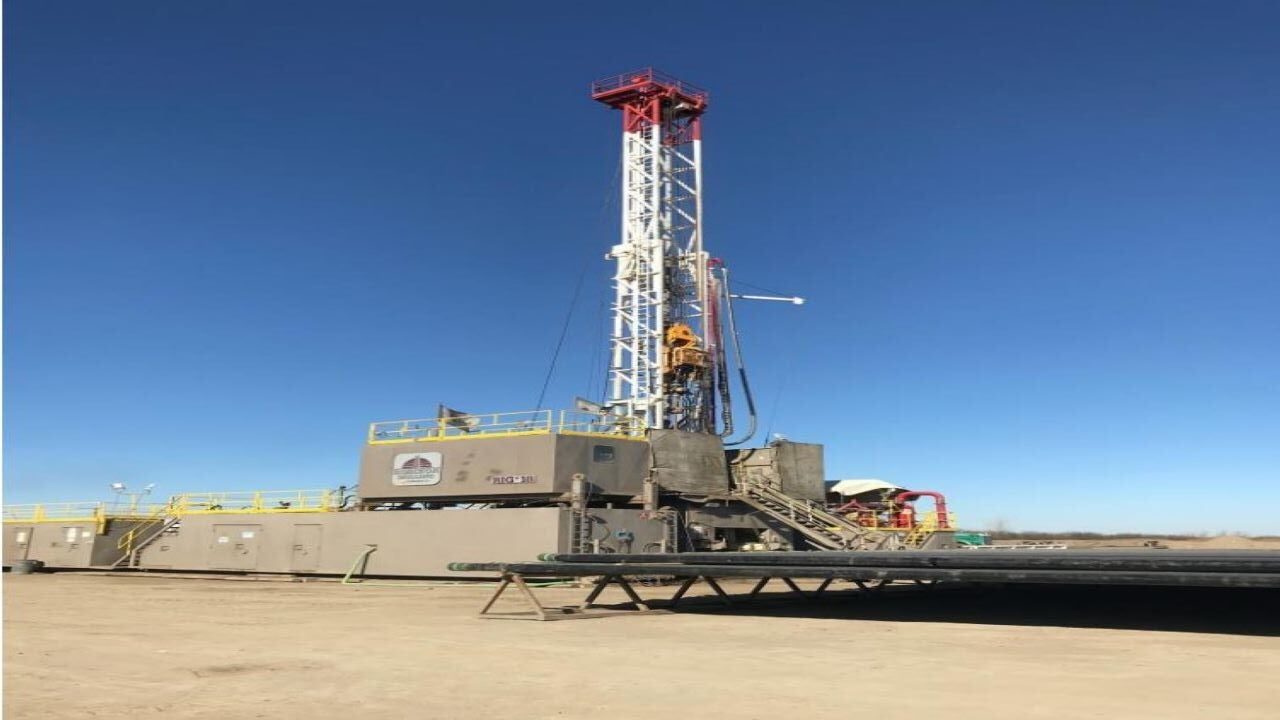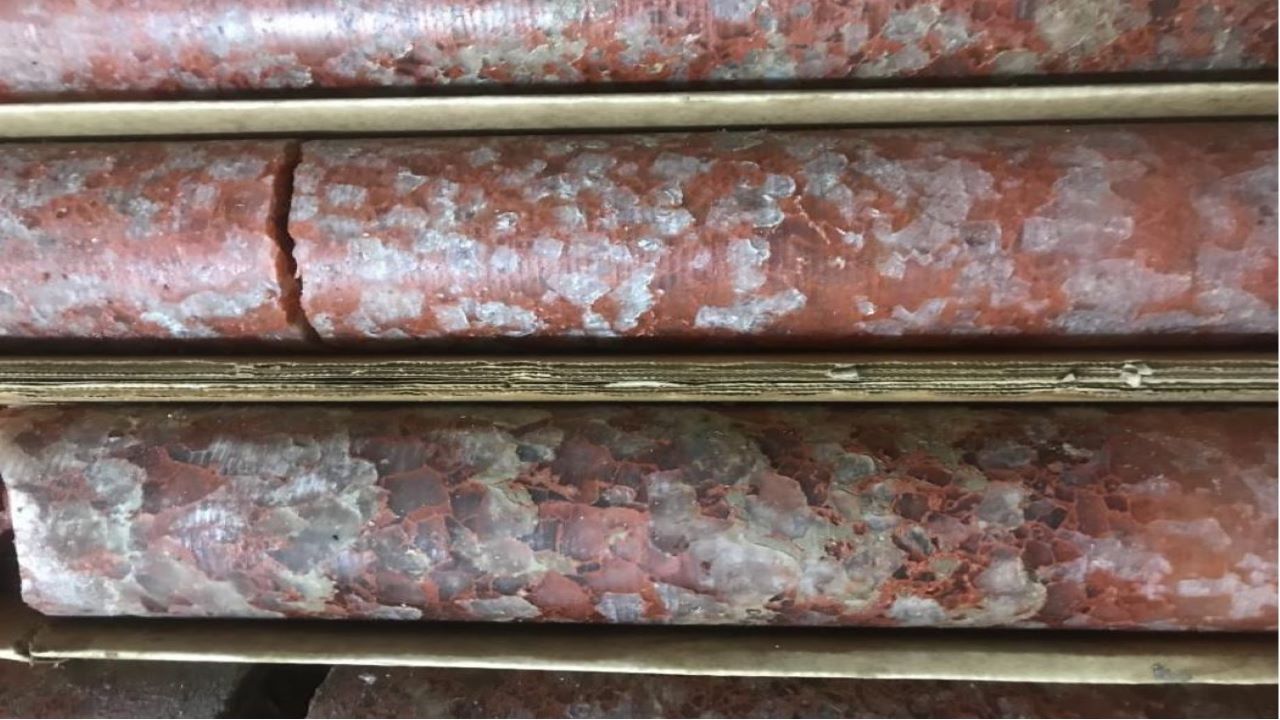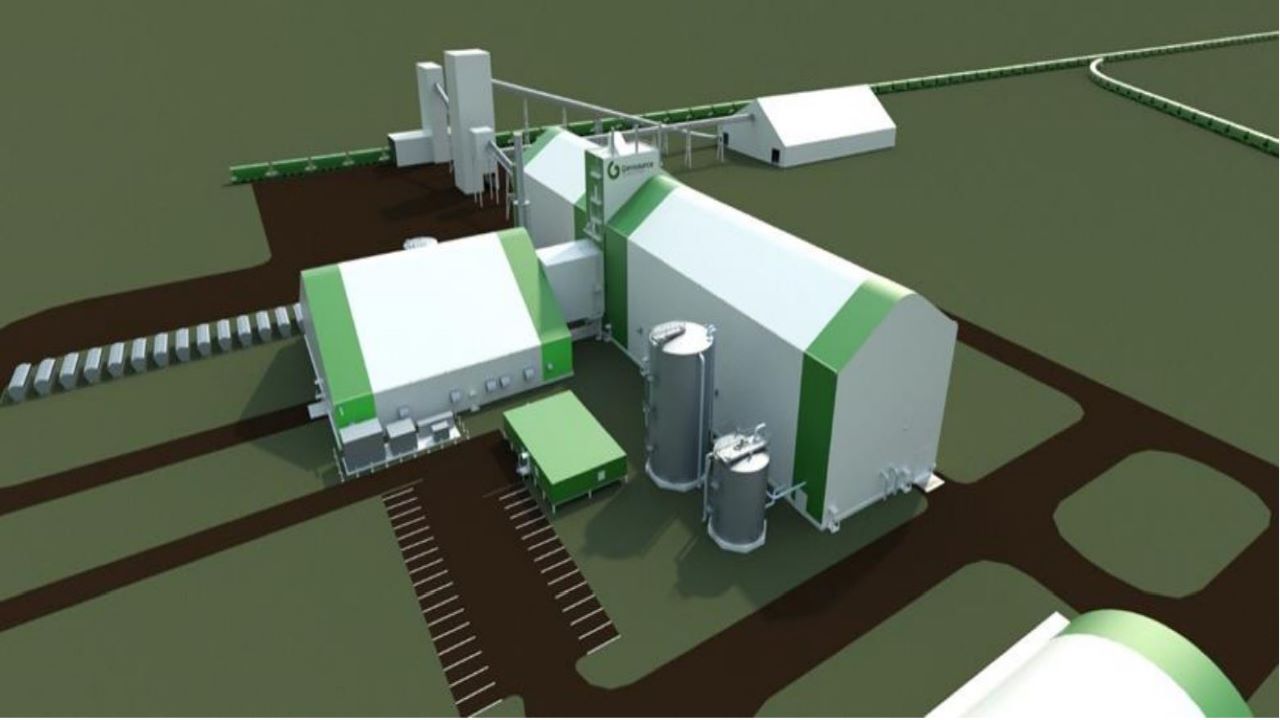The Tugaske Project is a potash mining development in the province of Saskatchewan, Canada. The project is proposed to be developed in Gensource Potash’s wholly owned Vanguard Area.
In May 2017, Gensource completed a feasibility study for the Vanguard One project, a module in the Vanguard Area. The Tugaske project is a minor modification to the Vanguard One project with specific design parameters to suit the requirements of the North American potash market.
An updated detailed feasibility report for the Tugaske project was completed in 2020, followed by additional front-end engineering design (FEED) work in the same year. The development permit for the Tugaske project was obtained in August 2020 while an updated technical report on the project was published in March 2021.
The project is expected to require a capital investment of approximately $261.9m for a life of mine (LOM) of more than 58 years based on the reserves defined in the Patience Lake Sub-Member 1 (PLM 1) while the economic analysis considers a 40-year production life.
Tugaske Project location and geology
The Tugaske potash project is located 170km south of Saskatoon, 150km northwest of Regina within the Vanguard Area in central Saskatchewan, Canada. Named after the village of Tugaske, the project comprises two subsurface mineral leases, KL 244 and KL 245, covering an area of more than 70,000 acres.
The target potash beds in the project area are the potash-bearing members of the Prairie Evaporite sequence contained within the Devonian-aged sedimentary sequence of the Elk Point Group. The evaporite beds host deposits of halite, sylvite, carnallite and anhydrite.
The potash-bearing members are relatively flat-lying with a very slight regional southward dip. The uppermost sequence Laurentide Drift is approximately 500m-thick and contains glacial tills, gravels clays and freshwater aquifers. The rest of the succession below the glacial sediments is a clastic dominated section primarily containing dolomites, limestones and evaporites.
Tugaske mineralisation and reserves
The Vanguard Area deposit is largely flat-lying, with very slight undulations and a small number of Winnipegosis mounds below the Prairie Evaporite. The potash mineralisation occurs mainly as halite (NaCl), sylvite (KCl) and carnallite (KMgCl3.6(H2O)) with sylvite being the main ore mineral.
As of February 2021, the proven and probable reserves at the Tugaske project were estimated at 34.93Mt of sylvinite and 14.53Mt muriate of potash (MOP) with a combined grade of 42.26% potassium chloride (KCl).
Mining method at Tugaske Project
The mine design features a multi-lateral horizontal cavern arrangement. The project is expected to use a selective solution mining method in which a NaCl brine solution is used to selectively dissolve KCl from the potash bed within a solution mining cavern.
The Tugaske project is designed to have an annual production rate of 250,000t of KCl, which will be attained via six solution mining caverns with each cavern producing 45,000tpa. Each solution mining cavern comprises a single 600m-long, horizontal well intersecting seven horizontal lateral wells in a fan-style pattern with lengths ranging from 1,390m to 1,483m.
Multiple wells will be drilled from a single drilling pad using directional drilling techniques. Each solution mining cavern will house directionally drilled injection and multi-lateral production wells with solution mining initiating at the intersection of the injection well and each lateral of the production well.
Injection brine is heated to 100°C and injected into the mine caverns to dissolve the KCl mineral and produce the return brine with a concentration of approximately 8.5% KCl and 20.5 % NaCl. The return brine will be heated to 100°C in a series of three steam-heated shell-and-tube heat exchangers. The production brine will be collected at the surface plant site in the vacuum crystalliser feed vessel from where the brine will be pumped to the crystallisation circuit for recovery of KCl.
Potash recovery process at Tugaske Project
The process plant has a nominal output of 250,000tpa of muriate of potash (MOP).
The well-field production brine will be pre-cooled in a heat exchanger prior to entering the six-stage crystallisation circuit. The incoming production brine will be cooled down in the crystallisation circuit comprising four vacuum crystallisers, followed by two surface-cooled crystallisers down to 10°C to produce KCl crystals.
The slurry containing KCl solids will be dewatered in a centrifuge and then fed to a fluid bed dryer. The dried coarse solids will be conveyed to the compaction circuit, where the compactor will rotate at low speed to allow the entrapped air to escape. The compactor product will be crushed before reporting to a sizing screen and the screened oversize particles will undergo further crushing in an impact crusher.
The hot potash particles are sprayed with treated water to achieve about 2% moisture content while also melting and hardening the KCl crystals. The excess water will be evaporated in a fluidised bed dryer. The dried particles will be cooled to the desired final product temperature of 60°C. The fine KCl product will be transferred to a dust collection baghouse where cartridges collect dust particles while filtered air eventually exits the stack. The fine material will be stockpiled in a covered bunker.
Offtake agreements
Gensource signed a 10-year offtake agreement with German chemical marketing company HELM for 100% of the production from the project. The agreement also includes an option to renew the duration.
Infrastructure of Tugaske Project
The Tugaske project will self-generate approximately 9.6MW of electrical power from natural gas via a high-pressure superheated steam feeding a non-condensing steam turbine that drives an electrical generator. The power required during construction, including backup power, will be supplied via an extension of SaskPower’s existing three-phase overhead 25kV distribution line.
The natural gas required for the power generation will be supplied via a new 150mm diameter (NPS 6) pipeline, which will be installed from an existing 400mm diameter (NPS 16) TransGas transmission pipeline, located approximately 10km northeast of the project area.
The raw water requirements for the site will be fulfilled by four raw water wells from the Ardkenneth aquifer. The raw water wells are proposed to be located northwest of the process plant site at approximately 500m intervals.
Contractors involved
In November 2019, Gensource contracted K-UTEC AG Salt Technologies, Koeppern, and Ebner for the process design, equipment fabrication and supply. Collectively referred to as KKE, the three companies are responsible for the design supply and commissioning of the process plant.
Engcomp was contracted for the development of the overall heat and mass balance for the project, including the supply of necessary utilities to the process plant.
Natural gas services will be provided by TransGas to the custody transfer location at the site property line.






